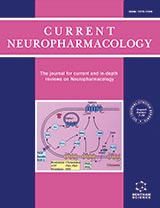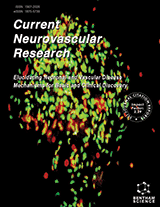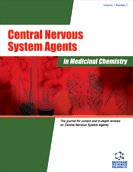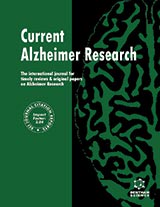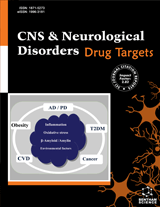Abstract
Sarcopenia, the progressive loss of muscle mass with age, is characterized by a deterioration of muscle quantity and quality leading to a gradual slowing of movement and a decline in strength and power. Sarcopenia is a highly significant public health problem. Since these age-related changes in skeletal muscle are largely attributed to various molecular mediators affecting fiber size, mitochondrial homeostatis, and apoptosis, the mechanisms responsible for these deleterious changes present numerous therapeutic targets for drug discovery. We and other researchers demonstrated that a disruption of Akt-mTOR and RhoA-SRF signaling but not Atrogin-1 or MuRF1 contributes to sarcopenia. In addition, sarcopenia seems to include a marked loss of fibers attributable to apoptosis. This review deals with molecular mechanisms of muscle atrophy and provides an update on current strategies (resistance training, myostatin inhibition, treatment with amino acids or testosterone, calorie restriction, etc) for counteracting this loss. Resistance training in combination with amino acid-containing nutrition would be the best candidate to attenuate, prevent, or ultimately reverse age-related muscle wasting and weakness.
Keywords: Sarcopenia, SRF, testosterone, myostatin, skeletal muscle







